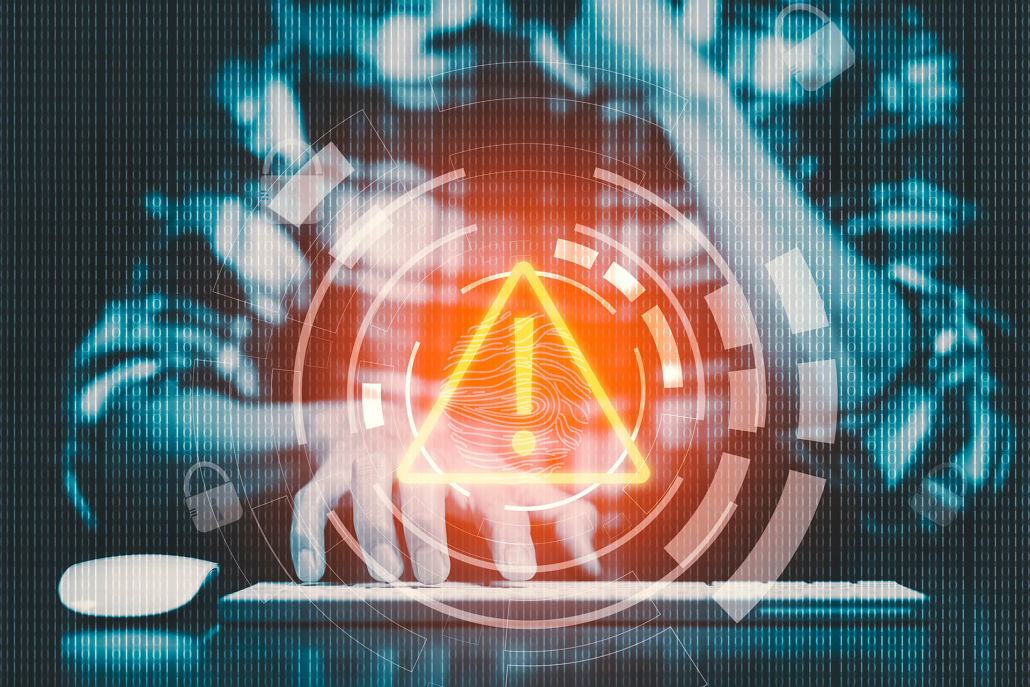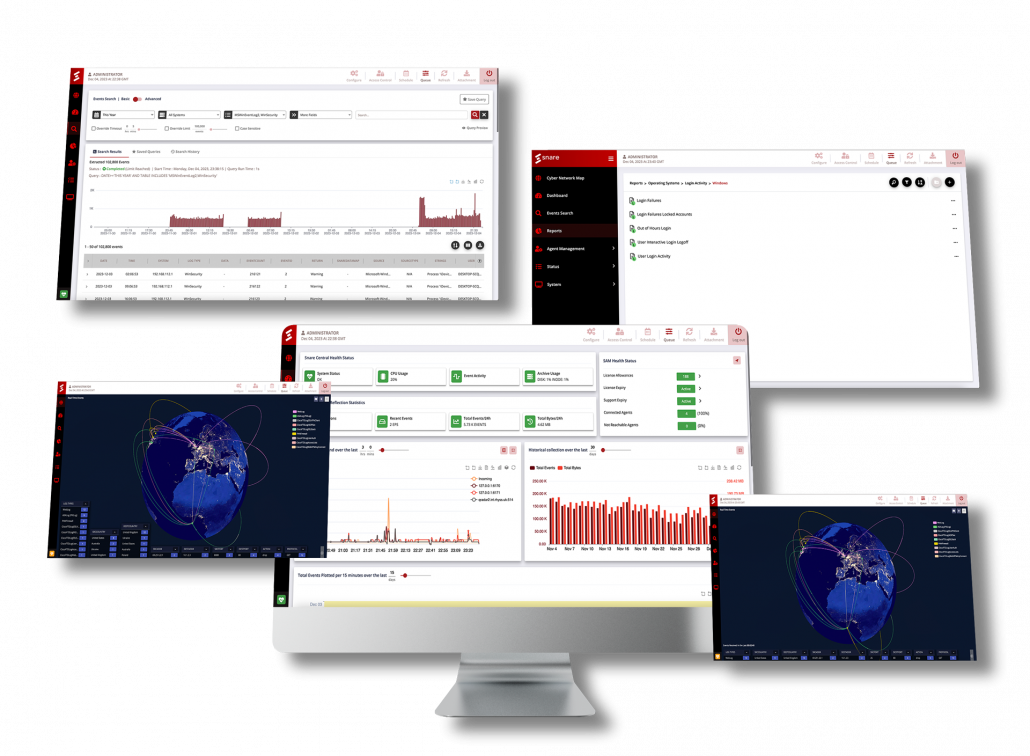How to Collect Real-time Forensic Data in a Zero Trust Architecture Model
Hybrid models have changed the way we work, but they’ve also had a significant impact on cybersecurity. A few short years ago, managing a network was built around perimeter-based security models. But modern internet-connected organizations have multiple remote access methods, allow mobile users, and integrate cloud services. Adding to this complexity are third-party suppliers and their networks, with multiple systems across multiple suppliers overlapping within supply chains.
There is no longer a single identifiable perimeter for a business, and if an attacker breaches any endpoint, they can often move laterally around the network, unhindered and potentially undetected. They can even move into a third-party network. In response, zero trust security architecture has developed to focus on users, assets, and resources, rather than the traditional perimeter. The approach is to ‘deny until verified,’ giving users access to the platforms and data that they need, and nothing more.






